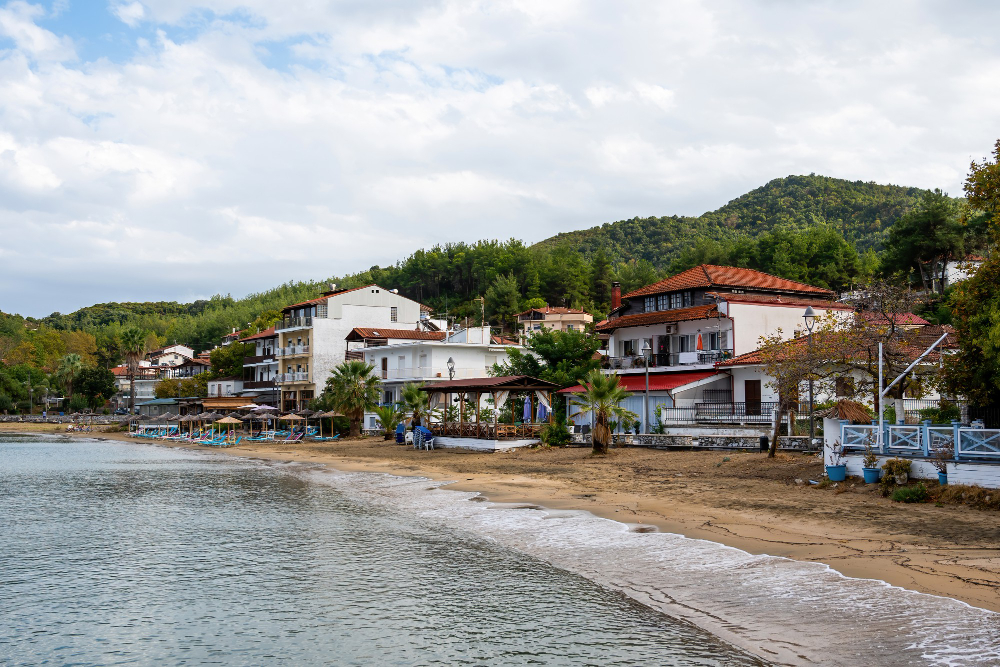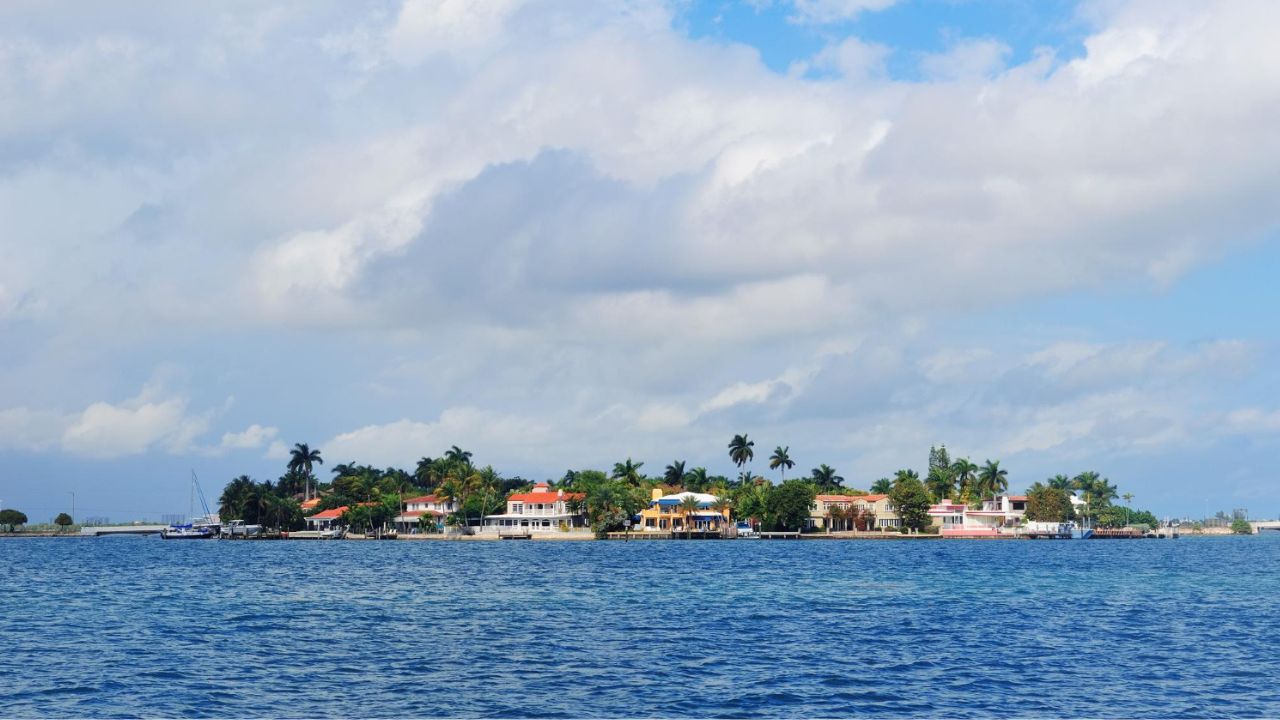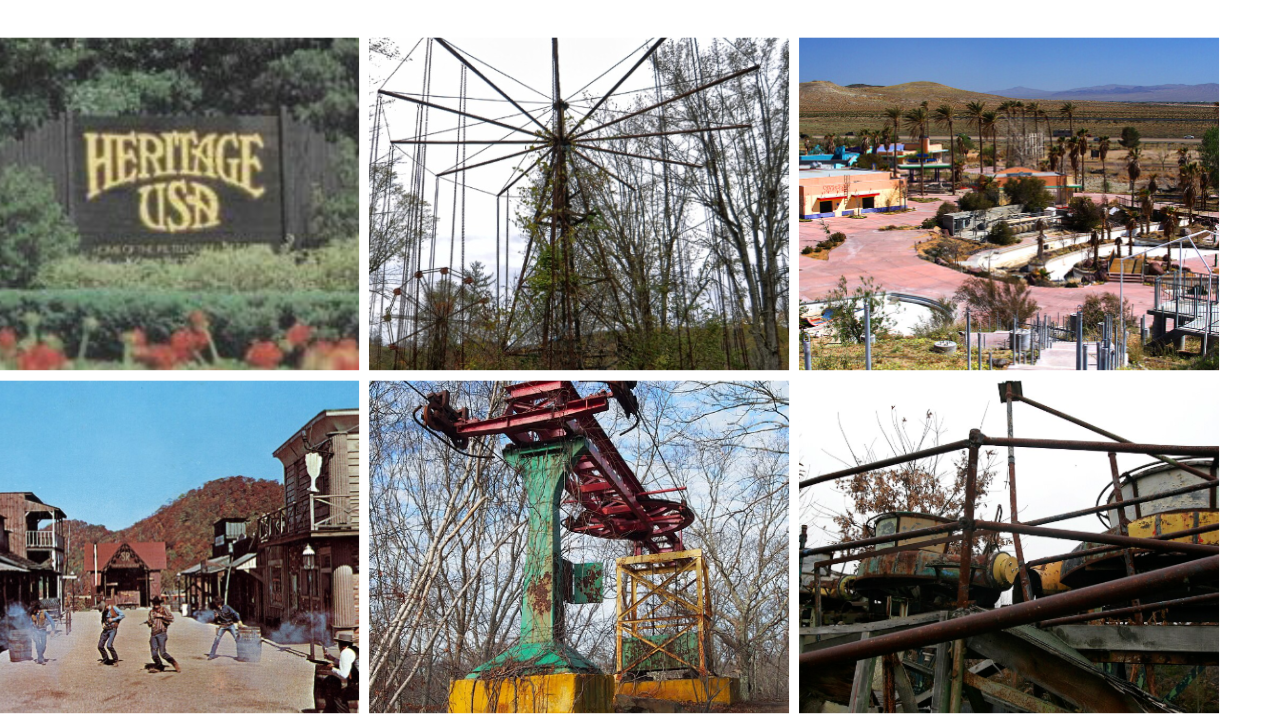Picture an island so small you can walk its length in minutes. Just across a narrow channel sits one of the most important U.S. military test ranges on Earth. Between them, a daily commute binds two worlds together. On one side, highly protected radar and missile sites. On the other, crowded homes, aging pipes, and a hospital that struggles to meet chronic health needs.
This is Ebeye in the Marshall Islands, next to the U.S. Army Garrison on Kwajalein Atoll. Ten thousand people live on a ribbon of land the size of a neighborhood in a medium U.S. city. Many work support jobs for the base. Their labor helps keep a strategic shield in the Pacific running. Their lives, however, show what it means when global power leans on a very small place.
A small island with a massive job

Ebeye’s role grew out of geography. Kwajalein Atoll sits in the mid-Pacific on the path of long-range missile tests and space tracking. The U.S. Army garrison operates radars, launch sites, and support facilities next door. Local workers from Ebeye handle many essential tasks, from maintenance to logistics. Ferries cross the channel each day, carrying people who keep the range functioning.
There is pride in that work. Families depend on steady jobs, and the skills are real. But the setup creates a sharp divide. The base is secure and well supplied. Ebeye is crowded and fragile. When power fails or a pipe breaks on the island, there is no easy backup. When supplies arrive late, store shelves thin out. That makes daily life feel risky even on quiet days.
The island’s space is tight. There is no farmland and little room for new housing. People rely on imported food, public water, and a clinic that faces more patients than resources. That mix would be hard anywhere. On a short, low-lying island, it is harder still.
Health and environment, told by the data people live with
Public health numbers in the Marshall Islands tell a clear story. Diabetes rates are among the highest in the world, and Ebeye is hit especially hard. A recent national survey and local hospital records show many residents develop diabetes early and suffer complications that are tough to treat. Dialysis access is limited. Lifespans are often shorter than in the mainland United States.
Food and environment shape those outcomes. With no land to grow crops, families depend on imported staples. Canned meats and white rice fill stomachs but strain health. Fish would be a natural alternative in a seafaring culture. Yet studies around Kwajalein have flagged contamination in reef fish, including toxins like PCBs and arsenic at some sites. That pushes people back toward processed food, a painful loop that residents and health workers describe often.
Crowding makes disease prevention tougher. It strains water systems and waste lines. It creates pressure on clinics that are already juggling chronic conditions. When a storm surge hits or a generator fails, the island has little buffer. People adapt, but stress builds when small shocks stack up.
The base next door, and the balance communities seek
U.S. officials describe Kwajalein as a cornerstone for missile testing and space tracking. The range supports systems that the Pentagon sees as part of deterrence across the Pacific. In plain terms, it is a core piece of U.S. power projection. That mission relies on local labor and a long relationship with the Marshall Islands through special agreements.
Residents know the base is not going away. They also know that big national goals can eclipse neighborhood needs. Over the years, local leaders have pushed for cleaner shorelines, safer food, stronger clinics, and more reliable water and power. Some progress happens, then stalls. New plans are announced, then revised. In the meantime, families keep commuting, earning, and doing their best to stay healthy in tight conditions.
Young people feel the pull most. Many want training that opens doors beyond entry-level jobs. Some see migration as the best shot, moving to other U.S. communities under existing compacts. Others want to stay, work, and raise families on Ebeye if housing, utilities, and health care improve. That choice should not feel like a forced trade between home and health.
What helps, according to people on the ground

Residents, doctors, and environmental officers point to fixes that are practical, not flashy. First, reduce the immediate risks from the reef. That means continuing cleanups, enforcing fishing advisories in contaminated zones, and sharing test results in clear language so families can make safe choices.
Second, treat diabetes like the daily emergency it is. Consistent screening, steady supplies for glucose control, and community kitchens that prepare healthier staples can bend the trend. This is not about expensive gadgets. It is about reliable basics and programs that match local food, culture, and budgets.
Third, keep water and power stable. Leak repairs, pressure management, and backup generators cut health risks more than new signs or slogans. When outages are shorter and pipes are cleaner, life gets easier for clinics and families.
Fourth, create training pipelines that lead to growth. Technical apprenticeships linked to the base and to civilian infrastructure jobs give teens a reason to see a future on the island. If skills rise, so do options, including promotions and roles that solve local problems.
Finally, people ask for steady follow-through. Plans and press releases come and go. What matters is whether boats, clinics, labs, and utilities improve on a timetable that residents can see. Trust builds when goals are simple, timelines are public, and the work is visible.
How teens can read a story like this
Start local. Look for government health surveys and hospital summaries. Those will show the big patterns. Next, find environmental testing reports and advisories that explain what waters are safe. Pair those with official pages about the base’s mission so you understand the tie between local jobs and national goals. You do not need a defense background to connect the dots. You just need to read across health, environment, and infrastructure at the same time.
Most of all, remember that “tiny island” does not mean tiny lives. Ebeye residents carry a share of national defense on very narrow land. They ask for the basics many teens in the United States take for granted: clean water, reliable power, safer food, and a clinic that has what it needs. When those pieces come together, the island’s role feels shared, not one-sided.
Sources
- Reuters Investigations. “They help preserve America’s dominance in the Pacific. They’re paying a painful price.” reuters.com
- Reuters Video. “This tiny island helps preserve U.S. dominance in the Pacific, at a cost.” Sept 2025.
- U.S. Army Garrison Kwajalein Atoll. Installation overview. Aug 2025.
- Republic of the Marshall Islands, Adult Hybrid Survey 2023. Noncommunicable disease findings. Nov 2024.
- International Diabetes Federation. Marshall Islands country profile. Accessed Sept 2025.


